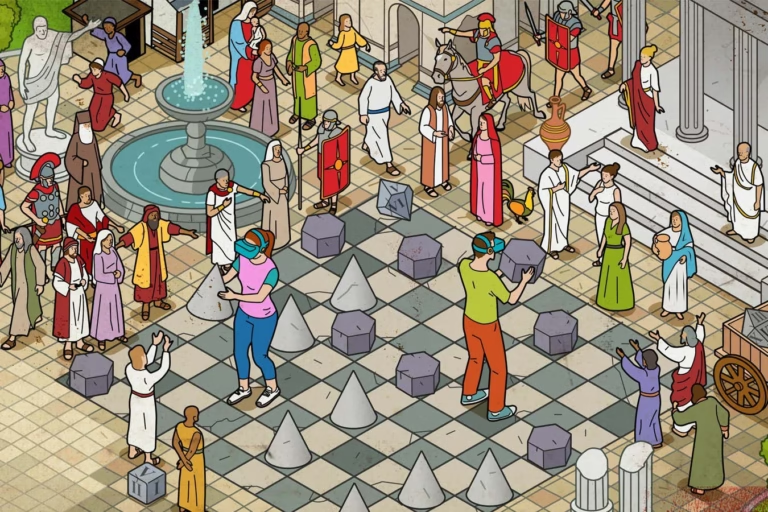
In the 1970s, an incredible object was unearthed next to a human skull in a tomb in a Bronze Age cemetery in Shahalui Sokta, Iran. This was the oldest complete board game ever discovered. It is approximately 4,500 years old and consists of a board with 20 circular spaces made from carved snake coils, four dice, and 27 geometric pieces.
The Shahr-i Sokhta game is one of many ancient board games found around the world, including the Roman game Ludus Latrunculorum and the Egyptian game Senet, which was found in Tutankhamun’s tomb. But we could only guess how these games are played. No rulebook has been preserved, with a notable exception being the ancient Mesopotamian royal game of Ur, whose long-lost rules were deciphered from cuneiform tablets in the British Museum in 2007.
But now another tool is helping bring these games back. In recent years, researchers have leveraged artificial intelligence to help explore likely rules. The goal is to make these forgotten games realistically playable again, while gaining insight into the evolution of the game type. “These games act as windows into the past, offering a glimpse into the social and cultural dynamics of the people who played them,” says Eric Piette of Catholic University.
(Tag translation) Artificial intelligence

